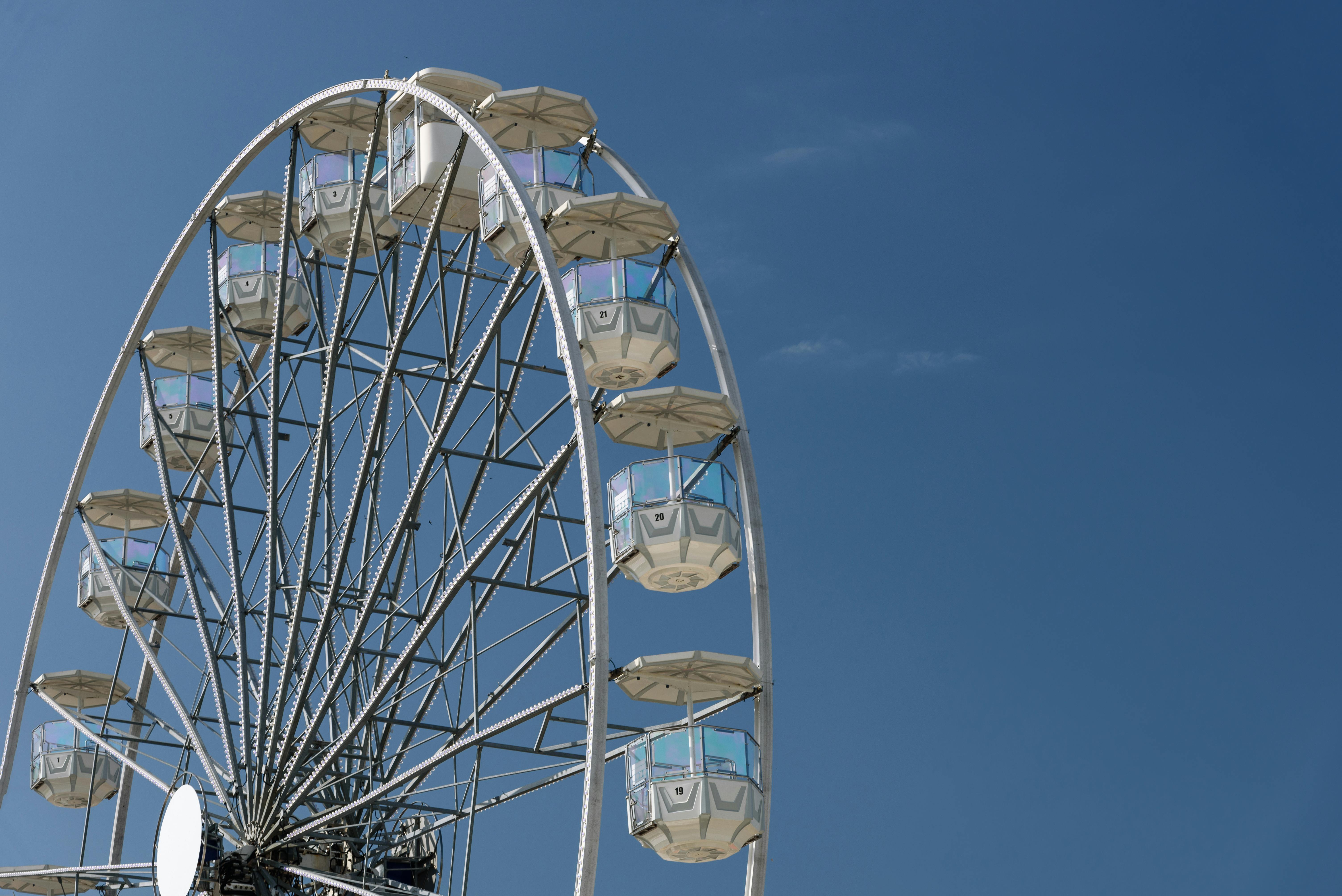In 1961, President John F. Kennedy spoke to the American people and promised that the United States would put a man on the moon by the end of the decade. America’s goal was to show the world that it had the best technology and was the most powerful nation. On July 20, 1969, Apollo 11 landed on the moon and astronaut Neil Armstrong was the first human to set foot on the lunar surface.
Before the Apollo project began, NASA’s Mercury and Gemini programs put astronauts into an orbit around Earth. But Project Apollo was a very difficult and different mission. NASA needed a powerful rocket that could escape Earth’s gravity and travel to the Moon. After Kennedy’s speech, NASA began work on such a rocket. The Saturn V booster was completed in 1967. It was the largest rocket ever built.
The Apollo spacecraft consisted of three parts. The command module was the main part. It was where the astronauts lived during the trip to the moon. It had all the instruments and computers that were needed for such a mission and it was the only part of the spacecraft that returned to Earth.
The service module had its own rockets. They were used to slow down the Apollo spacecraft as it entered the orbit of the moon. Without these rockets, the spacecraft would be too fast and would pass the moon.
The third part of the Apollo spacecraft was the lunar module. It was quite small and had legs that looked like those of a spider. When the astronauts entered the moon’s orbit, they detached the lunar module and flew it towards the moon’s surface. The landing craft had two parts: the lower part was used to slow it down so that it could land smoothly, the upper part would allow the astronauts to return to the command module.
In 1967, a tragic accident nearly ended the Apollo project. A fire broke out on the Apollo 1 spacecraft during a ground test. All three astronauts died.
After further testing and some unmanned flight, Apollo 8 was the first manned spacecraft to fly to the moon. It entered lunar orbit, flew around the dark side of the moon, and returned to Earth again. After two more Apollo missions, NASA was ready for a moon landing.
On July 16, 1969, Apollo 11 lifted off from Cape Kennedy, Florida. On board the spacecraft there were 3 astronauts: Neil Armstrong, Edwin Aldrin and Michael Collins. Three days later they entered the orbit of the moon. Armstrong and Aldrin entered the lunar module; Collins stayed behind in the command module.
On July 20, 1969, the “Eagle”, as the lunar module was called, softly landed in a lowland called the Sea of Tranquility. A television camera that was attached to the side of the spacecraft sent live images back to Earth, where millions of people were watching. After checking Eagle to see if everything was okay, Armstrong descended a ladder and descended to the surface of the moon. It was “a small step for man, but a great step for humanity.”
The astronauts spent approximately two and a half hours on the lunar surface. They raised the American flag, collected stones and placed instruments. After taking off from the moon’s surface, they flew back to the command module and successfully joined Michael Collins. On July 24, 1969, Apollo 11 sank in the Pacific Ocean. The first American mission to the moon was a success.
In the years that followed there were five more moon landings. But not all Apollo flights were successful. Apollo 13 almost ended in disaster. During his trip to the Moon, one of the two oxygen tanks exploded. They were vital to respiration and to the command module’s power systems. All three astronauts had to enter the lunar module, which had its own energy and oxygen, but the LM was planned for only two astronauts, not three. All unnecessary systems had to be shut down in order to save as much energy as possible. Although Apollo 13 did not land on the moon, NASA managed to bring the three astronauts back to Earth safely.
On Apollo 15, the astronauts took away a battery-powered car. The lunar rover traveled a distance of more than 27 km on the lunar surface.
Although Project Apollo cost Americans a lot of money, it demonstrated the technological power of the United States. One of its objectives was also to show the superiority of the Western world in the Cold War. The data that the Apollo missions brought to Earth gave scientists a lot of information about how the moon and the solar system developed.




